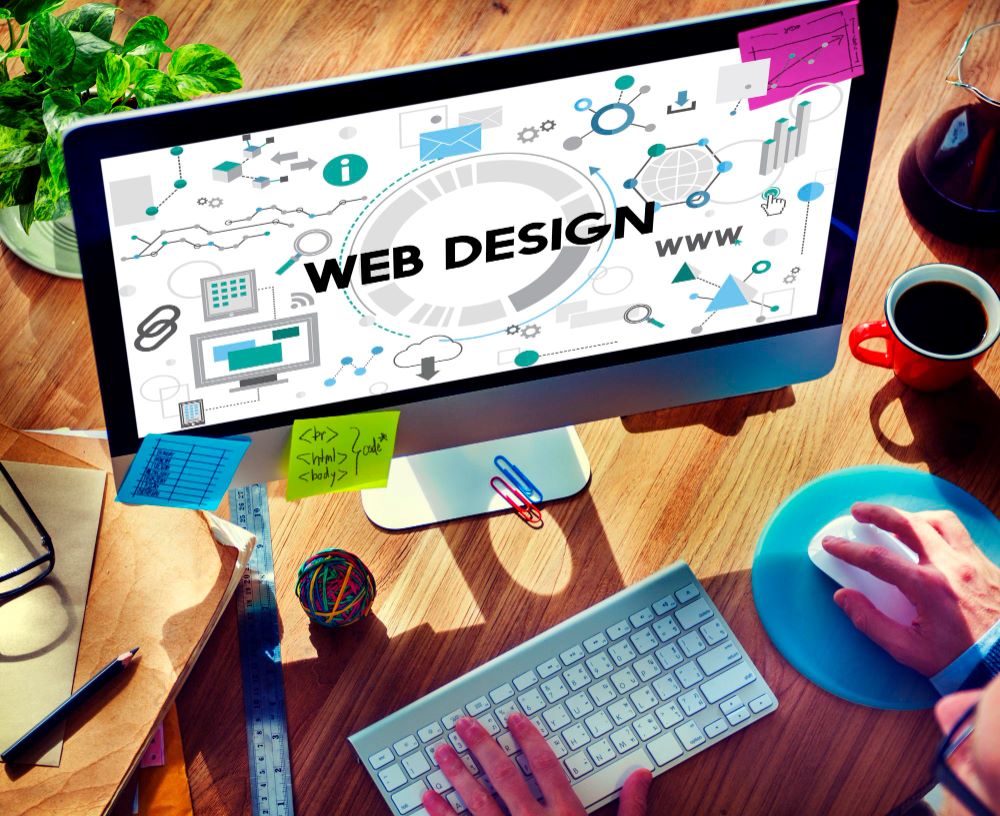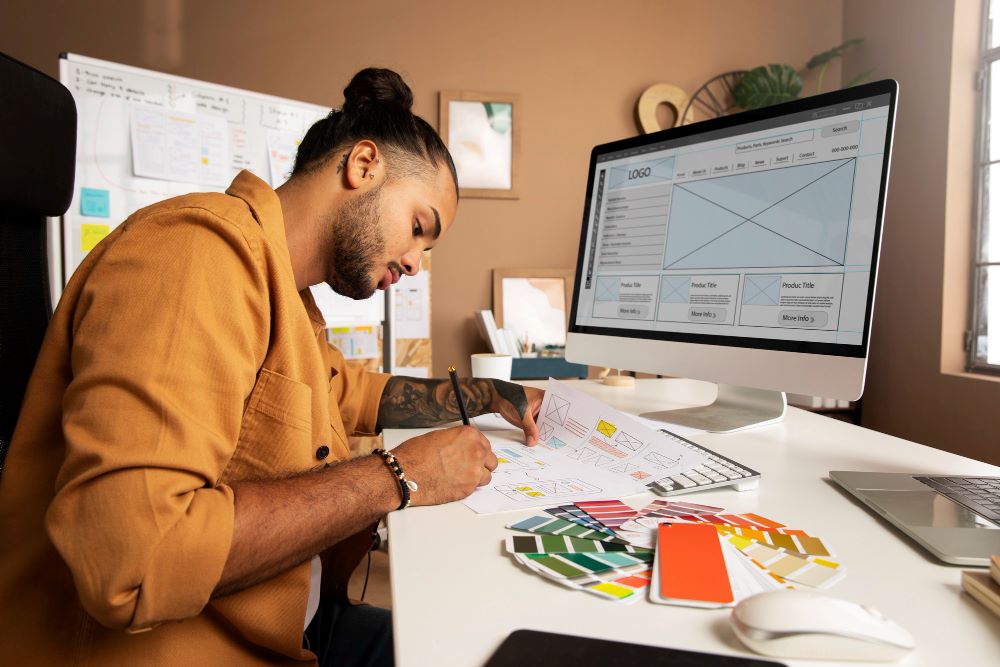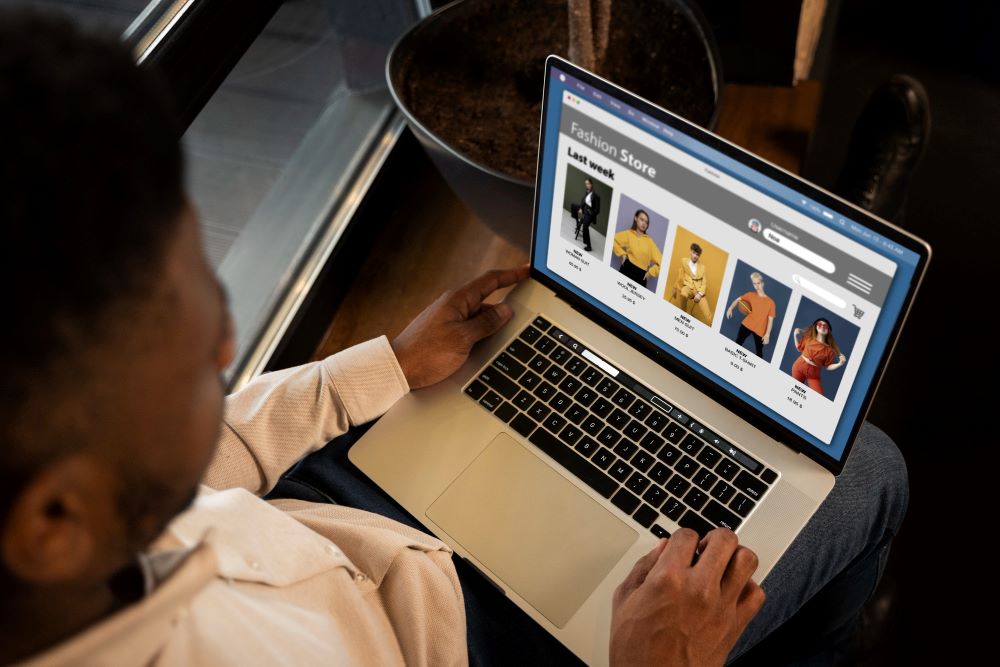In the ever-evolving landscape of web design, staying up-to-date with the latest trends is crucial to creating engaging and user-friendly websites. From aesthetics to functionality, the trends in web design continuously shape the digital experience for users. In this article, we explore the emerging trends that are reshaping the web design industry and identify the ones that are here to stay. Join us as we delve into the exciting world of web design and discover how these trends enhance user experiences and redefine the digital landscape.
Table of Contents
Responsive Design: A Must-Have
Responsive design is no longer a trend; it has become a fundamental requirement in web design. With the increasing use of mobile devices, websites must adapt seamlessly across different screen sizes and resolutions. Responsive design ensures that websites are visually appealing and user-friendly on smartphones, tablets, and desktops. The focus is on creating flexible layouts, fluid images, and adjustable typography to provide a consistent and optimized user experience across all devices.
Embracing Minimalism
Minimalism continues to be a dominant trend in web design, emphasizing simplicity and clarity. Clean layouts, ample white space, and a minimal color palette create a sense of elegance and sophistication. Minimalistic design allows for faster loading times, improved readability, and a focus on essential content. By stripping away unnecessary elements, web designers can direct users’ attention to key messages and calls to action, resulting in a more impactful and intuitive user experience.
Microinteractions: Enhancing Engagement
Microinteractions refer to small, subtle animations or interactive elements that provide feedback and enhance user engagement. From hovering effects to progress indicators and interactive buttons, microinteractions add a layer of interactivity and delight to the user experience. They help create a sense of responsiveness, guide users through tasks, and make interactions feel more intuitive and enjoyable. When used judiciously, microinteractions can significantly enhance the overall user experience and keep visitors engaged with the website.
Storytelling through Web Design
Web design is increasingly embracing storytelling techniques to create immersive and memorable user experiences. By integrating narrative elements, such as compelling visuals, interactive timelines, or parallax scrolling, websites can evoke emotions and forge a deeper connection with users. Storytelling through web design allows brands to communicate their values, showcase products or services, and captivate users with a compelling narrative that guides them through the website.
Dynamic Animations
Web design is becoming more dynamic and interactive with the widespread use of animations. Whether it’s subtle hover animations, scroll-triggered effects, or complex motion graphics, animations can bring websites to life and engage users in unique ways. When used thoughtfully, animations can convey information, provide visual cues, and create a sense of fluidity and delight. From small details to full-screen experiences, dynamic animations add an element of surprise and playfulness to the user journey.
Typography Takes Center Stage
Typography has evolved from a functional aspect of web design to a powerful visual element that sets the tone and personality of a website. Bold, expressive typography is being used to make a statement, create visual hierarchy, and evoke emotions. Designers are experimenting with custom fonts, variable fonts, and creative typography layouts to craft unique and memorable brand experiences. Large and attention-grabbing headlines, paired with clean and readable body text, contribute to the overall aesthetics and readability of the website.
Dark Mode for Eye-Friendly Designs
Dark mode has gained immense popularity in recent years, offering a visually appealing alternative to the traditional light-colored websites. Dark backgrounds with light-colored text and UI elements reduce eye strain, enhance readability, and provide a sleek and modern look. Users have the option to switch between light and dark modes based on their preferences and the surrounding environment. As more platforms and operating systems introduce native dark mode support, incorporating dark mode into web design has become a prevalent trend.
Accessibility: Designing for All
Accessibility has emerged as an essential consideration in web design. Designing websites that are accessible to users with disabilities ensures inclusivity and improves the overall user experience for everyone. Web designers are incorporating accessible color schemes, providing alternative text for images, optimizing keyboard navigation, and implementing proper semantic structure. By adhering to web accessibility guidelines, designers can create websites that are usable and enjoyable by a wide range of users.
Conclusion
As the web design landscape continues to evolve, staying informed about the latest trends is crucial for creating engaging and user-friendly websites. Responsive design, minimalism, microinteractions, storytelling, animations, typography, dark mode, and accessibility are among the key trends shaping the digital experience. While some trends may come and go, others like responsive design and accessibility are here to stay, as they address the fundamental needs of users. By embracing these trends and leveraging them effectively, web designers can create impactful and memorable user experiences that keep visitors coming back for more.







